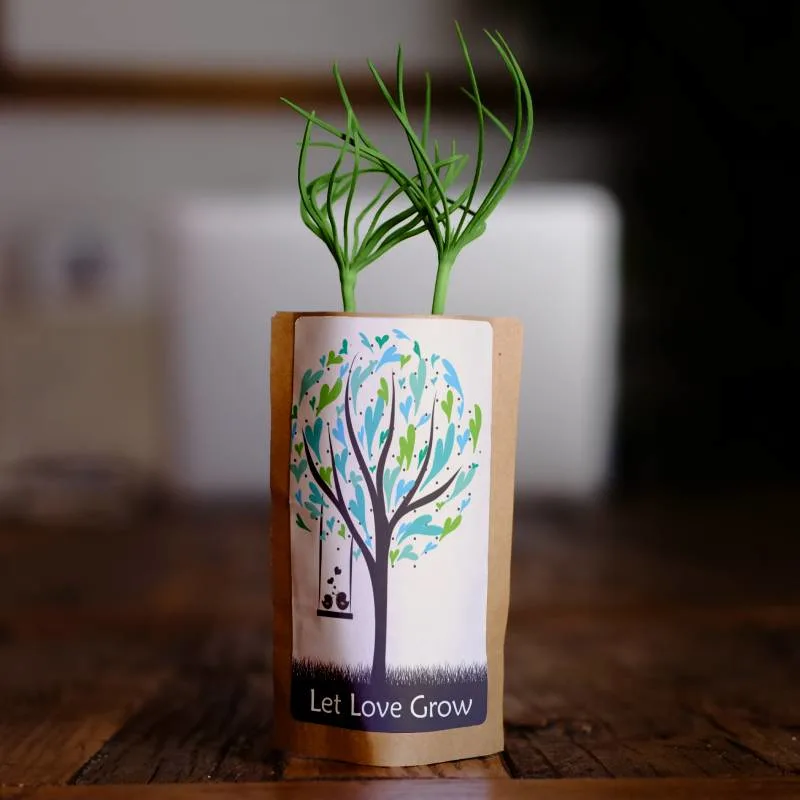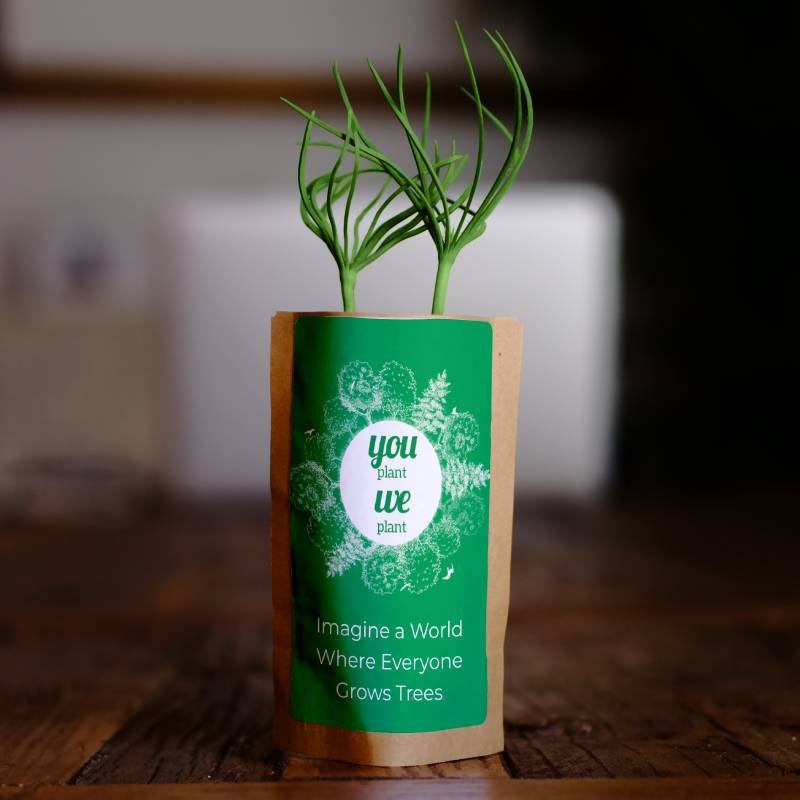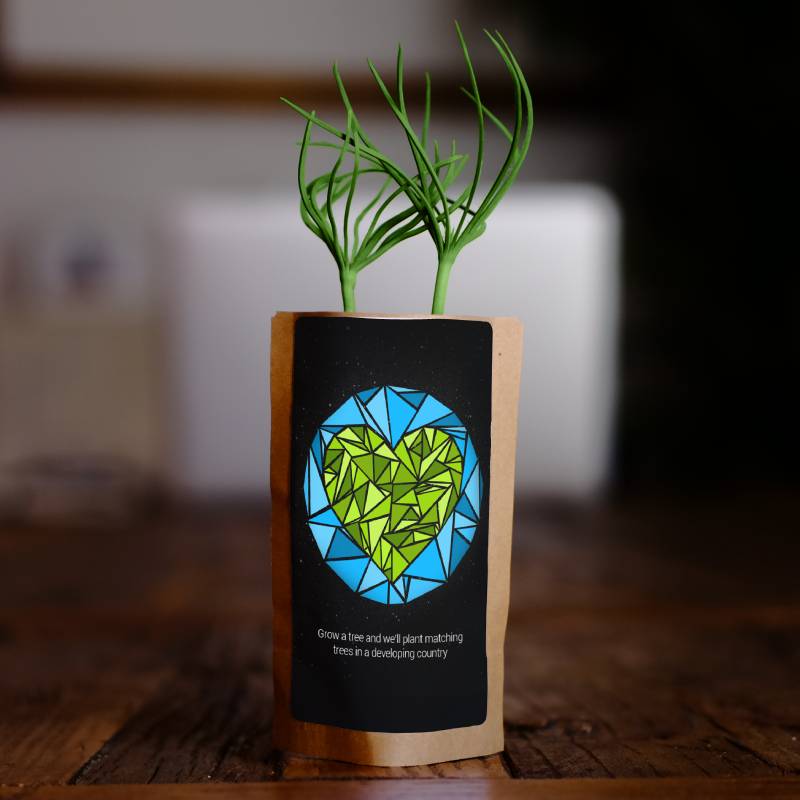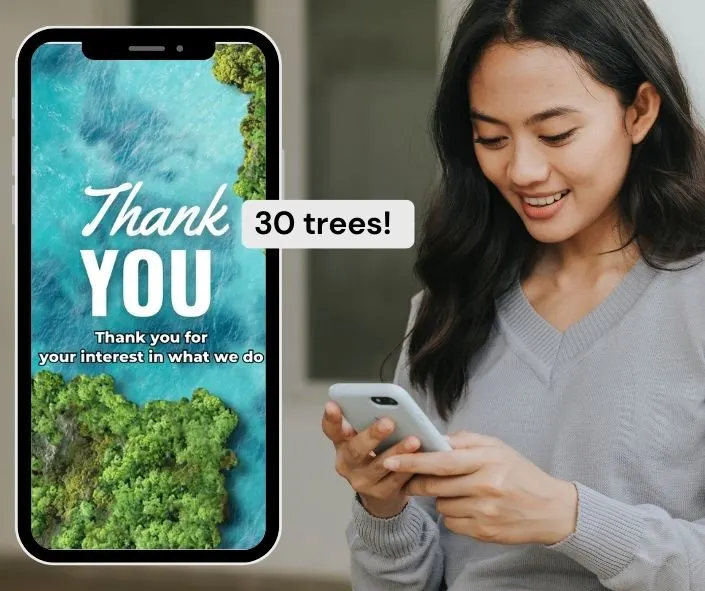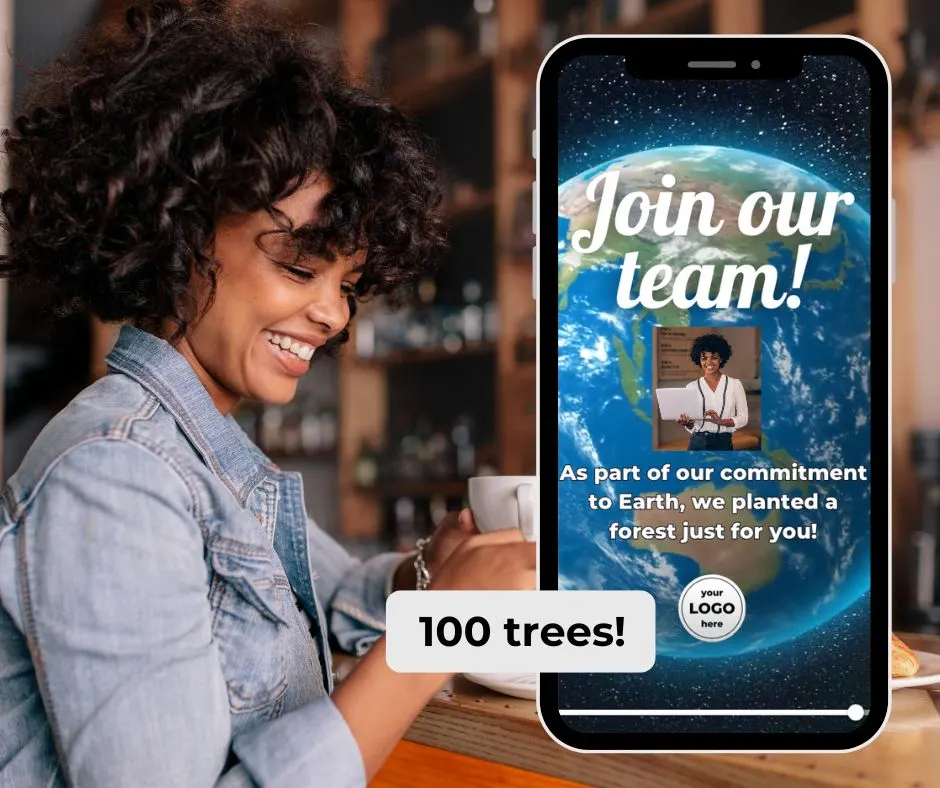In the last decades, the world has increasingly expressed concerns for our planet’s well-being and artists are no exception. A new art form known as eco-art is gaining popularity amongst this community. The backbone of this movement is the belief that art can raise awareness on ecological and environmental issues, and in such is part of a wider trend of eco-activism. Eco-artists display a range of original and innovative techniques to move, shock or awe their audience, all while celebrating aspects of the natural world. Keep reading if you wish to find out more about the artists attempting to make an impact with their work!
Jeff Hong: Unhappily Ever After
American artist Jeff Hong brilliantly exposed environmental issues in some of his pieces from the ‘Unhappily Ever After’ collection. Hong integrated famous Disney characters into realist situations of environmental degradation. In so doing, the blissful fairy-tale like values projected by the multinational company’s animations strongly contrasted with the realities of global warming, deforestation or pollution.
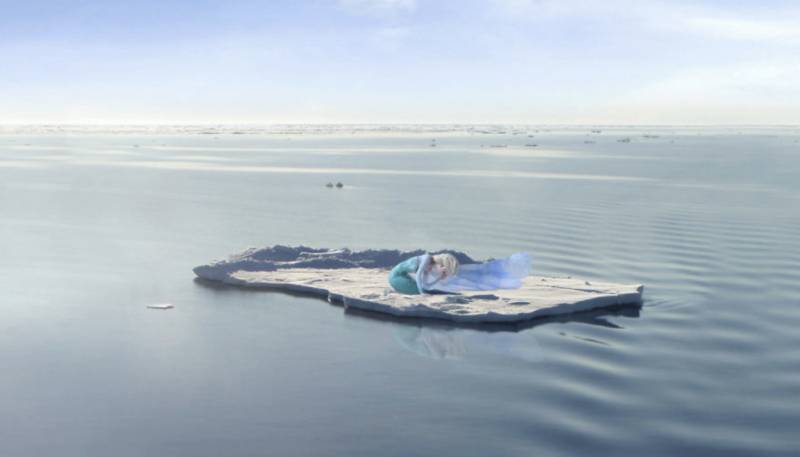
With this series, Hong attempted to engage his audience on pressing ecological issues. He purposely used popular fictional characters and uploaded his storyboards on the internet to reach as many people as possible with his eco-friendly message.
Marina Debris: revealing ‘trashion’
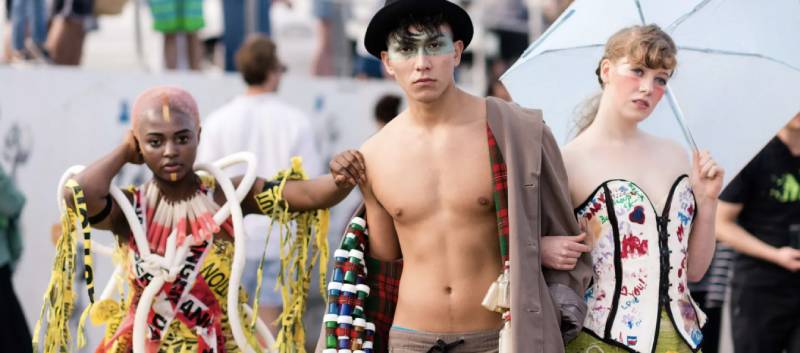
Since 2009, Marina Debris has become one of the most prominent faces of trashion. Quite simply put, trashion is the combination of trash and fashion into unique garments. As her name indicates, Debris collected waste on the shores of the most famous L.A beaches and assembled them into fashionable pieces.

To reflect the traditional fashion world, Debris designed fashion shows and photoshoots to showcase her work. However, more than just the conjunction between art, fashion, and eco-consciousness, Debris’ work reminds us that human waste remains and perdures, endlessly.
Aurora Robson: Unnatural Waste
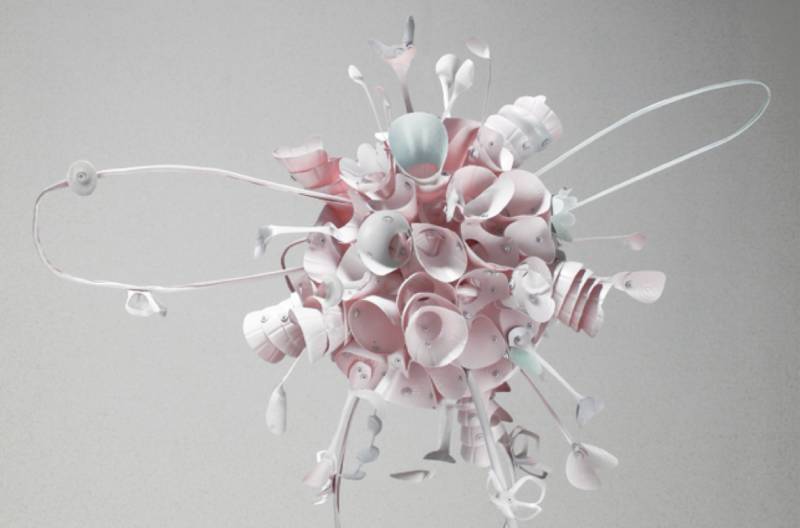
Self-defined as an ‘environmental artist, Aurora Robson fabricated all-scale sculptures from collected waste. She used various materials, ranging from industrial waste to junk mail recycled paper, although she favoured plastic waste.

Robson’s art also reflects her connection to the natural world. Indeed, her sculptures often represent or echo elements present in nature, such as trees or water. In so doing, Robson reminds us of the detrimental effect of human waste on biodiversity and ecosystems.
Benjamin Von Wong: Unforgettable Pollution
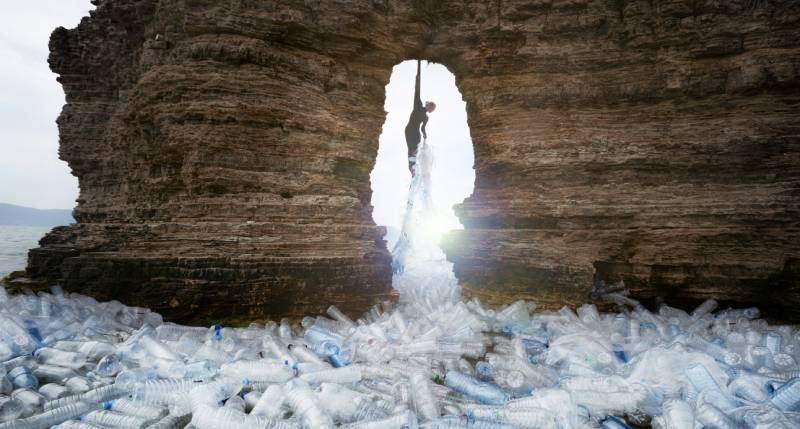
With his artwork, Benjamin Von Wong aims to question his audience on the dramatic scale of plastic waste in our oceans. His photographs offer a stark contrast between natural elements and an abundance of easily recognizable plastic waste, in an effort to shock his audience on human behaviour.
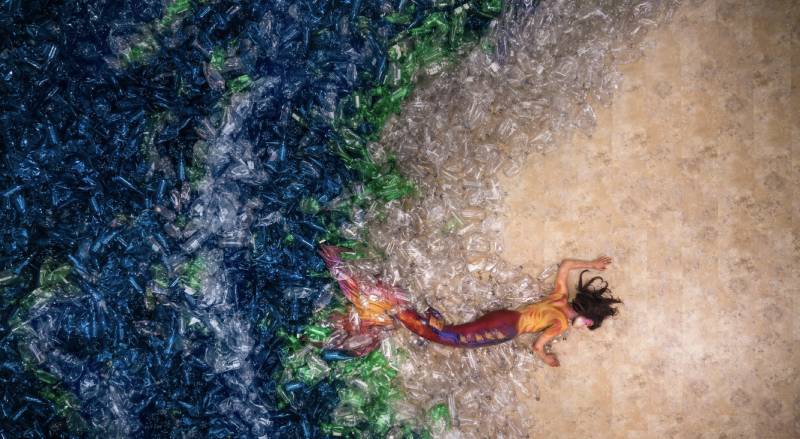
The colour schemes and optical illusions render his artwork unique and highlight its’ purpose. Indeed, Von Wong’s eco-friendly message is visually straightforward in his work, which he then complements with direct titles such as ‘By 2050, there will be more plastics than fish in the sea.’
Chris Jordan: Mass Consumption in our Oceans
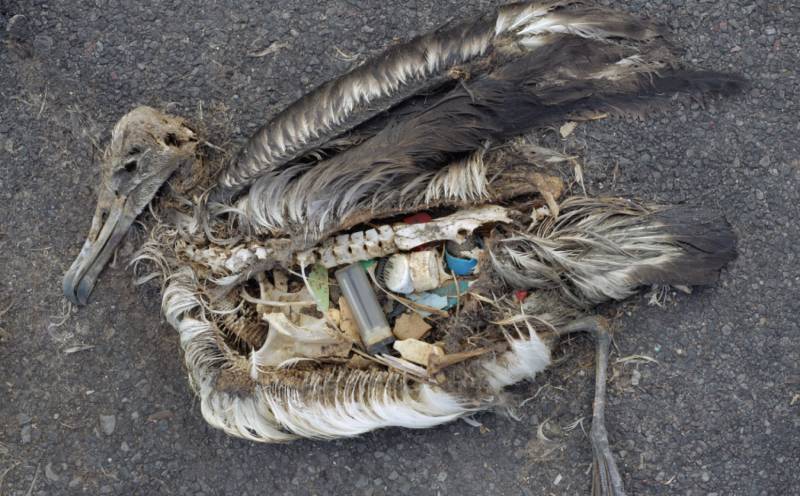
Since the mid 2000s, Chris Jordan has explored the themes of human mass consumption and production of electronics and the resulting ecological tragedies in our oceans. The artist researched scientific data on diverse types of pollution then proceeded to translate these into artworks.
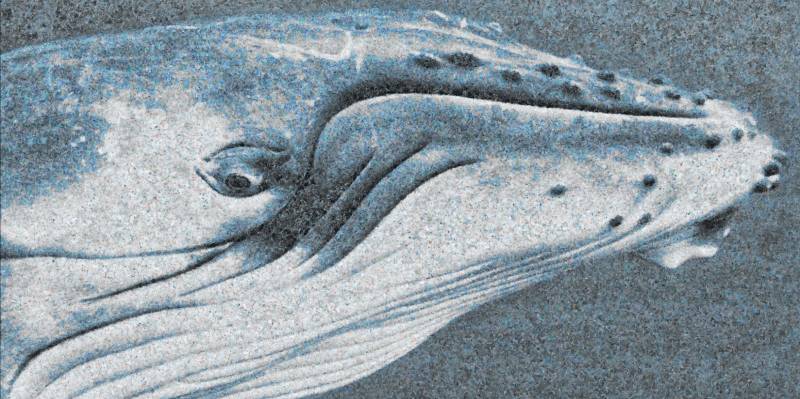
Jordan usually creates a sense of urgency through realistic, almost time-stamped pieces denoting the extent to which humans engage in mass consumption. Alternatively, Jordan questions his audience on their impact on the natural world by celebrating wildlife and opposing it to human consumption.
Gabriel Orozco: Eco-Art at the Guggenheim
In 2012, Gabriel Orozco, one of the most acclaimed artists of our century, created an installation of collected objects and photographs at the Guggenheim Museum. The piece, titled ‘Asterisms’, was created from thousand pieces of waste gathered at two different locations, one in Mexico and the other one at a Manhattan pier.
Orozco’s piece is especially striking due to the diversity of trash exposed. Indeed, these objects range from wooden debris to lightbulbs and plastic construction workers’ hats. Altogether, Orozco’s piece is a brutal reminder of our carelessness and our impact on the environment.
Max Liboiron: Global Waste
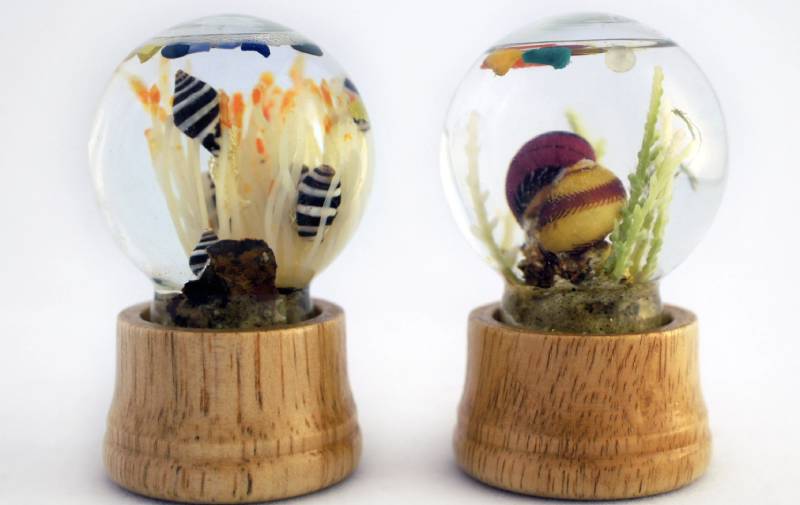
Max Liboiron’s eco-artworks are heavily influenced by her past studies in environmental sciences. Indeed, she focuses on environmental degradation caused by human pollution in the natural world, as reflected in her ‘Sea Globes’.

These pieces were made out of waste collected from the Hudson river and surrounding New York areas, which were then assembled into snow globes lookalikes by Liboiron. In her work, the artist points to the consequences of human negligence on ecosystems and oceans.
Bonus: Drap Art

Since 1985, the Drap Art association of artists showcased a number of pieces made from objets trouvés and other abandoned objects. Each exhibition organised by the Drap Art movement aimed to raise awareness on consumerism and humans’ unsustainable habits in general and provide pathways towards respecting our planet and the environment.
Your turn to act!
These artists’ stunning pieces reveal the urgent need to protect and care for our planet. Eco-activism can appear overwhelming but as an individual you can participate in very simple ways, for instance by helping us reforest our planet. Create a free Forest Profile and start planting trees with us!

